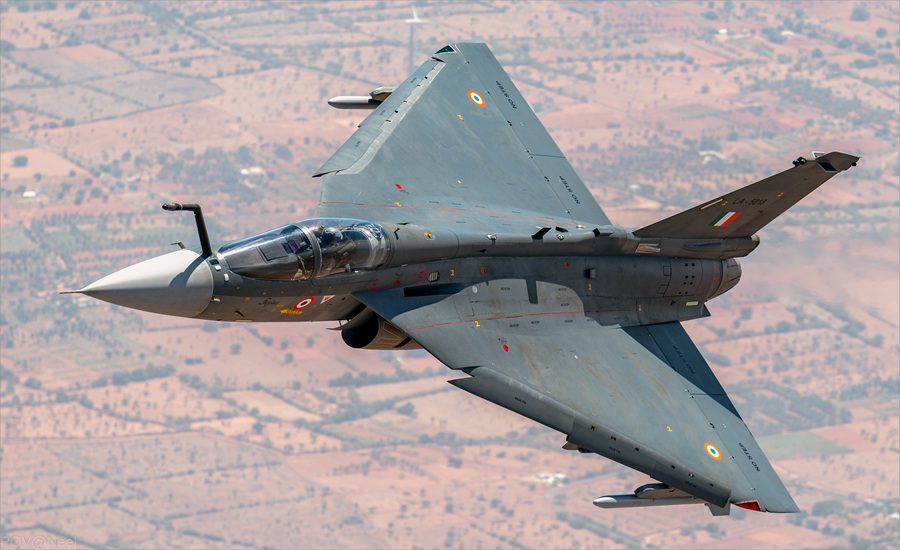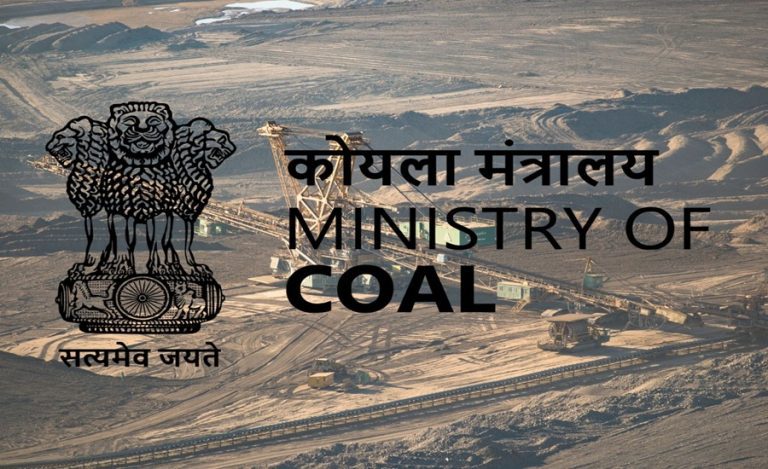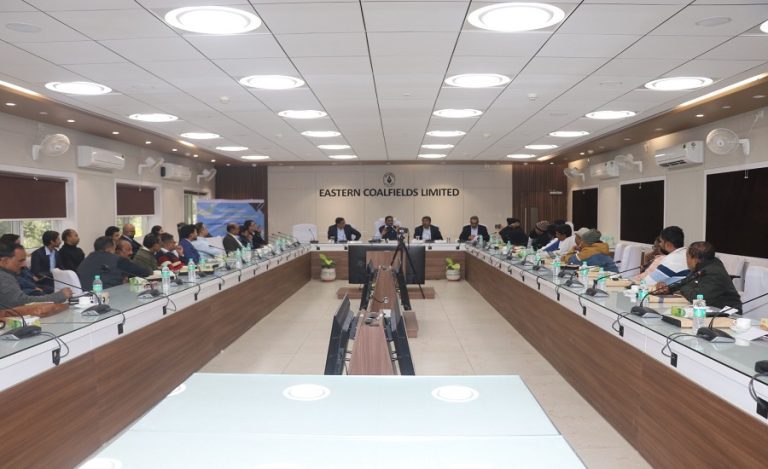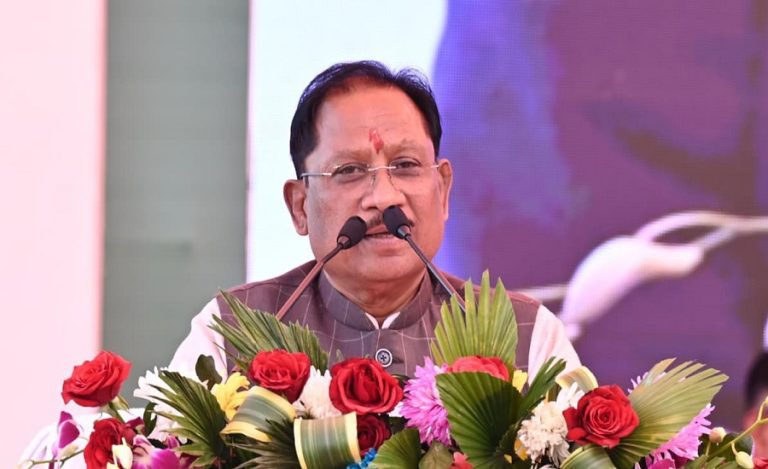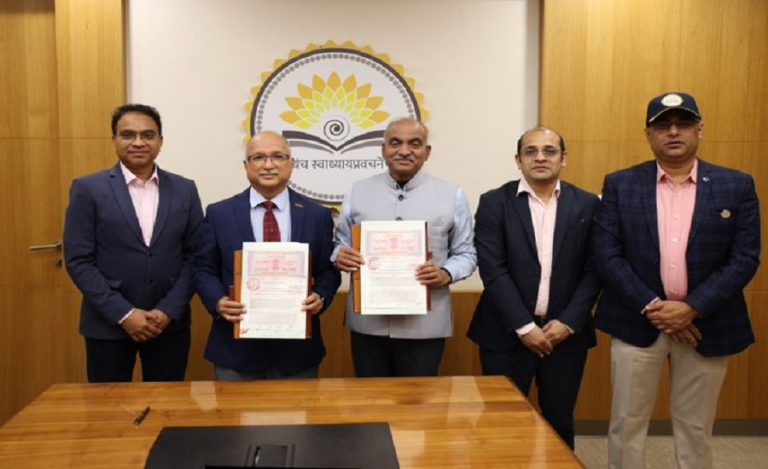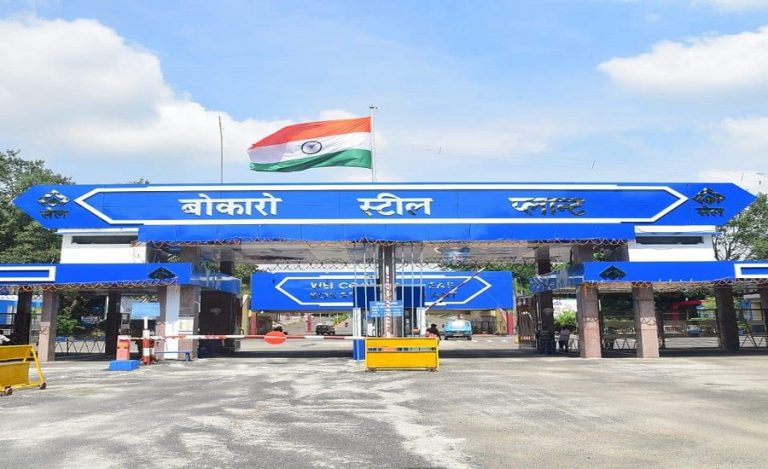New Delhi, 4 July 2025 – Hindustan Aeronautics Limited (HAL) will roll out the first Tejas Mk‑1A from its Nashik facility by the end of July. According to HAL CMD D.K. Sunil, “We expect the rollout in a month,” and Astra missile integration and test-firing are planned for early August. HAL aims to deliver 12 Mk‑1As this year despite ongoing engine supply constraints.
Production Expansion at Nashik and Bengaluru
Nashik is HAL’s third Mk‑1A production line, complementing two in Bengaluru. The facility is designed for eight jets annually, though it may produce three to four jets this year, as Sunil noted, “The first aircraft from Nashik is already in final assembly and under testing.” Private partners—VEM Technologies, Alpha, and L&T—will manufacture fuselages and wings, supporting six additional jets per year. Combined capacity from all lines targets 30 jets per year by 2026–27.
Engine Supply Issues and Rotational Strategy
GE’s delayed delivery of F404‑IN20 engines has impacted timelines. Six jets are ready and flying with rotating engines, Sunil confirmed, “We have already built six aircraft which are ready and flying.” GE delivered the first engine in March 2025 and committed to 12 engines this year, with two per month from July. This engine flow supports the 12-jet delivery target.
Also Read: India, Australia Partner on Cutting-Edge Towed Array Tech to Strengthen Indo-Pacific Vigilance
Astra Missile Integration: Milestone in August
The DRDO-developed Astra is an indigenous BVRAAM with over 100 km range. Sunil stated, “We need to have some of the other issues sorted out like the firing of the missile, the Astra missile, which we plan to do in August, early August.” Its successful integration will significantly boost Tejas’s combat capabilities.
Radar System Decision: ELTA vs Uttam AESA
HAL initially contracted 40 ELTA radars and planned a switch to Uttam AESA from the 41st jet. Certification delays prompted HAL to proceed with ELTA, following a DRDO directive issued in February 2024. Sunil emphasized, “If we wait and the systems still aren’t certified, we are left with no aircraft to hand over.” The 41st aircraft onwards will receive Uttam AESA, featuring 912 T/R modules and advanced beam steering.
Addressing ASQR Gaps and Certification Challenges
HAL and partner agencies – ADA, DRDO, IAF – are collaborating through joint reviews to close persistent ASQR gaps. The delays have persisted for over three years, with Sunil cautioning that pending ASQR closures increase project risk and complicate delivery scheduling.
Program Contracts and Future Outlook
The IAF has ordered 83 Mk‑1As under a ₹48,000 crore contract signed in 2021. A follow-up order of 97 aircraft worth ₹67,000 crore is under consideration. HAL now operates three production lines, with the goal of delivering 12 jets this year and ramping up to 30 annually by 2026–27. Addressing engine, radar, and ASQR challenges remains vital. The enhanced production model supports future programs such as Mk‑2 and AMCA. Export interest in Tejas Mk‑1A continues to grow.
Also Read: BrahMos Thiruvananthapuram to Join DRDO, Safeguard Jobs and Boost Indigenous Defence

